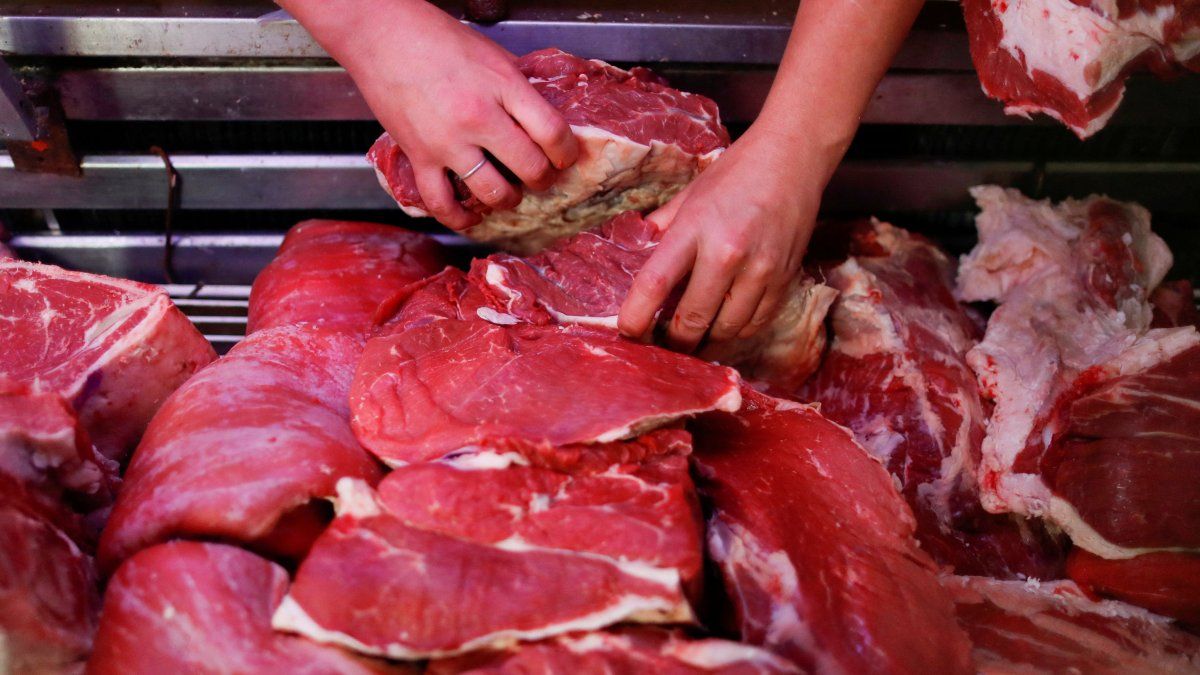Towards the end of the year, it is difficult for the Government to meet the goal of achieving a primary fiscal surplus equivalent to 1.6% of GDP, in a context of drop in tax collection and increase in indexed expenses.
To the extent that Expenditures indexed by inflation, such as pensions and social plans, grow, To maintain the balance of public accounts, the Minister of Economy, Luis Caputo is forced to cut more in the part of spending that can be adjusted, which is not much.
In this regard, a report from Argentine Institute of Fiscal Analysis (IARAF) estimated that in order to maintain the favorable margin expected at the beginning of the year, in the next three months Caputo a 16% adjustment should be applied to non-indexed spending.
How is this explained: the work indicates that “in the first nine months of the year the primary expenditure indexed had a real interannual increase of 18.4%”, while “non-indexed spending fell 10.3%, generating an increase in total primary spending of 2.1%.”
On the other hand, in terms of Income was recorded, in the first nine months of the year, a decrease of 1.4% in real terms. With this, it managed to accumulate a primary surplus of 1.3% of GDP. It would have to get 0.3 points more in the last three months.
What is left to cut?
In this regard, the IARAF indicates that “The expense that must support a real decline greater than what it has been bringing is non-indexed, made up of salaries, energy subsidies, transportation subsidies, real direct investment, non-automatic transfers to provinces, among others.”
The entity maintains that this type of Expenditures were falling in 2025 at a real rate of 10% year-on-year, and now “It should drop by 16% real year-on-year in the last quarter of the year.”
caputo fmi.jpg
Caputo’s promise to the IMF.
On the other hand, in the last quarter the entity projects that spending in retirements and plans will rise only 2.9% real annually, so that total spending would close up 6% for the October – December period.
If these estimates from the last quarter are met, total spending for the year would rise just 0.4%, indexed spending would increase 14%, and the rest would drop 11%.
In addition, Tax and non-tax revenues should maintain the dynamics they have been observing until now, with an economy that is estimated to grow by 4% of GDP. It should be remembered that in September total income fell 3.1% in real terms, due to a combination of a 48% increase in non-tax income and a 6.8% drop in taxes.
Source: Ambito




